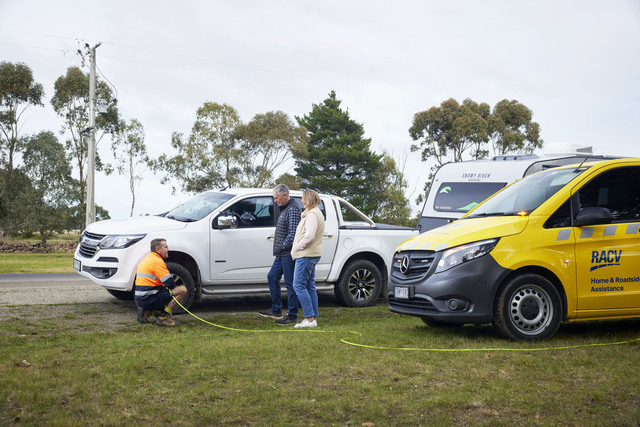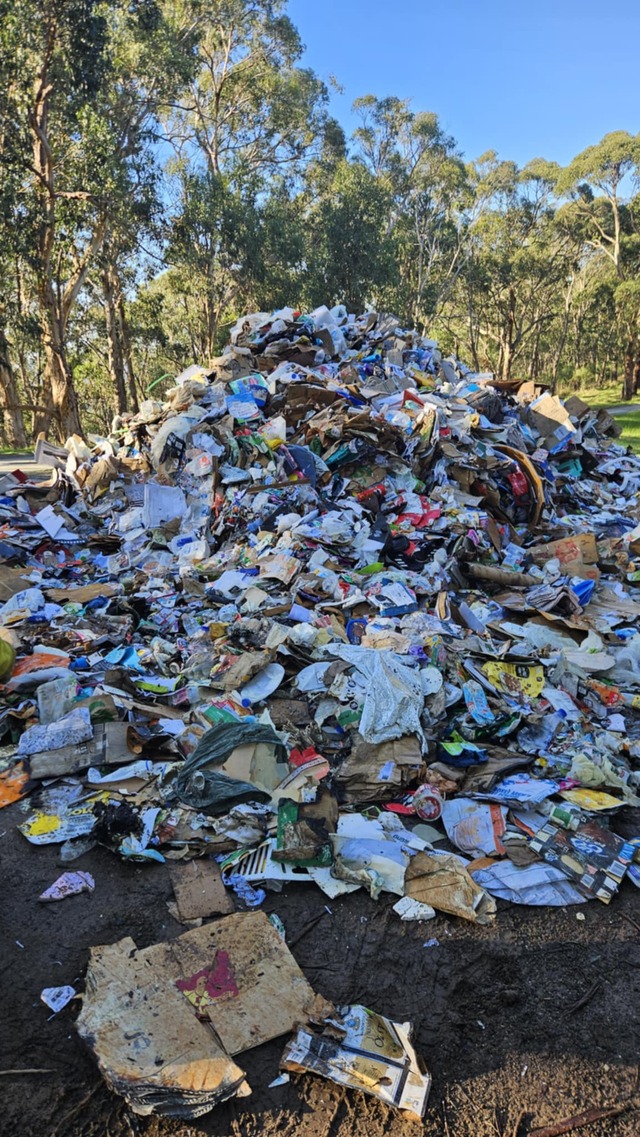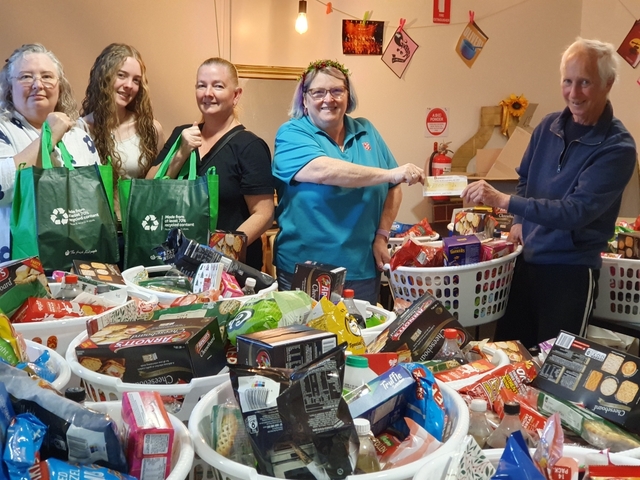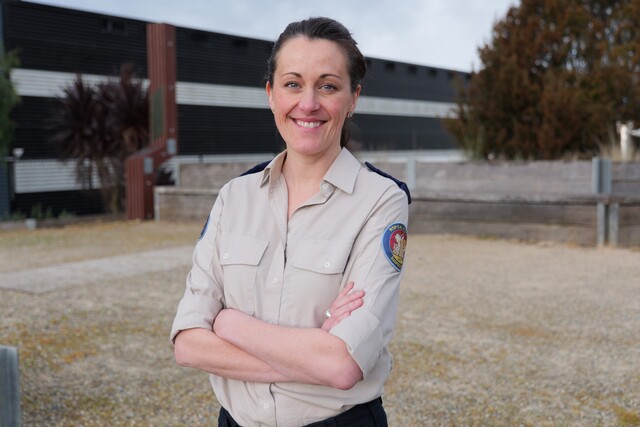Pressure from the RACV is being put on the Victorian Government to match the moves of every other state in the country and change a road rule to better protect emergency roadside assistance workers and two truck drivers.
Following the South Australian government introducing legislation recently, Victoria is the only state (the Northern Territory also doesn’t) without reduced speed limits when passing roadside breakdown and recovery vehicles.
RACV’s General Manager of Automotive Services Jackie Pedersen said it is now time for the Victorian Government to ensure RACV emergency roadside assistance workers and tow truck drivers are provided the same protection as in other states.
“It is heartening to see that our colleagues in RAA are now protected just like workers driving vehicles with red and blue flashing lights,” she said.
“Following this development, we continue our call for the Victorian Government to urgently introduce a 40 kilometre per hour speed limit for passing vehicles with yellow flashing lights, including RACV patrol vans and tow trucks,”
“RACV is committed to achieving a safe environment, not just for our service providers, but also our members when they are stranded at the side of the road and we look forward to a positive response from the Victorian Government.”
Road Rule 79A, otherwise known as the ‘Slow Down, Move Over’ rule, enforces that motorists are to slow down to 40km/h when passing vehicles with flashing red and blue lights such as slow-moving or stopped police and other emergency vehicles, and to move out of an approaching vehicle’s path when safe to do so.
A Department of Transport and Planning (DOTP) spokesperson said they are working with stakeholders on how we can improve safety for roadside crews and other motorists.
“Roadside incident crews are often the first to arrive at crashes, breakdowns, and unplanned situations on our freeways, and it’s their right to always feel safe when doing this important work,” they said.
The DOTP has carried out research into how to protect incident response workers working on busy roads and roadsides, with a study commissioned to look into how drivers react to different coloured flashing lights and seeing various response vehicles, such as emergency services, on the road and their adherence to the appropriate road safety rules.
The study found that the average passing speeds of motorists were lower with red and blue flashing lights associated with emergency vehicles but drivers were still not slowing down anywhere close to the required 40km/h.
As such, the DOTP is looking at alternative methods to encourage drivers to slow down when passing incident response workers and reminds motorists that is the responsibility of every driver to slow down and drive to conditions – especially when potential hazards exist like during roadside incidents.
For more on Victoria’s current road rules when passing law enforcement and other emergency vwhicles, visit vicroads.vic.gov.au/safety-and-road-rules/road-rules/a-to-z-of-road-rules/law-enforcement-and-emergency-vehicles.
Yarra Valley Towing was contacted for comment.







